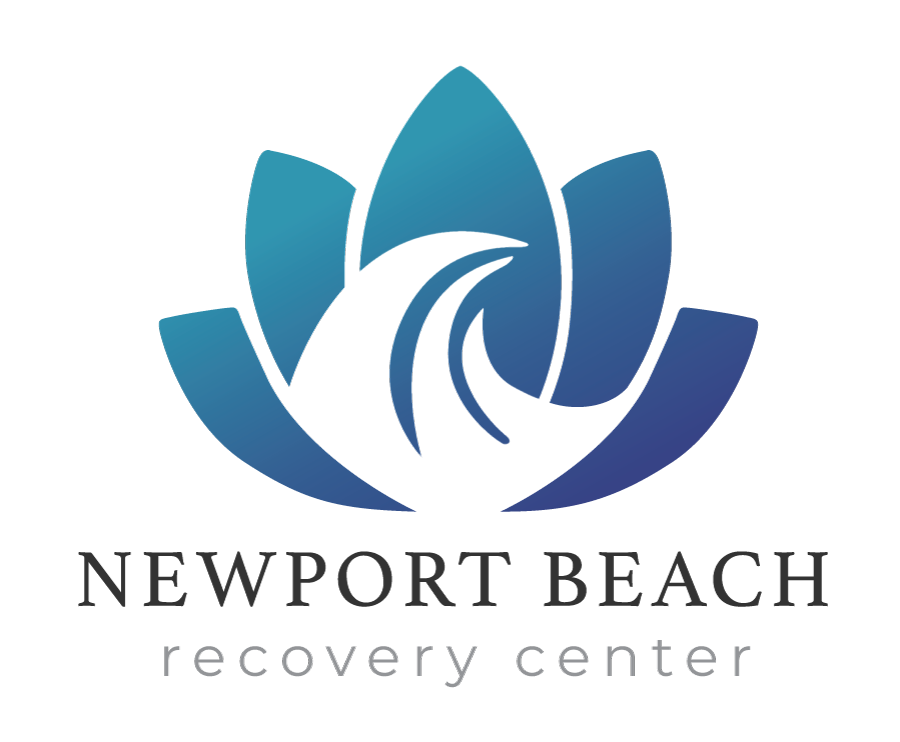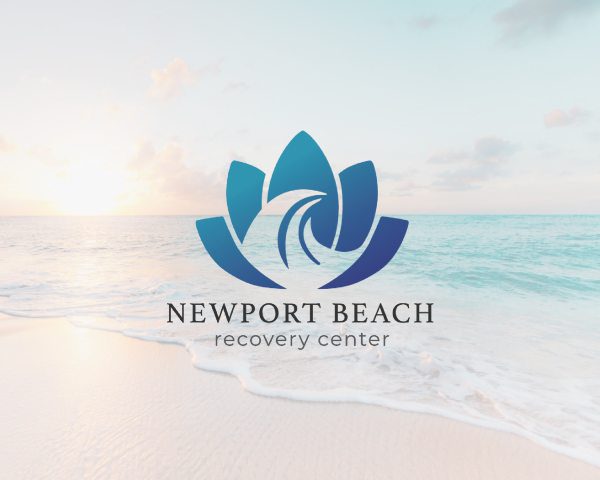Fame: a blessing and sometimes a curse. Celebrities in the spotlight have the great gift of being able to use their voice to influence people but can also feel like they are under a microscope. With society watching their every move, it can be difficult to admit they have a problem with substance abuse because everyone expects them to be perfect. But addiction doesn’t discriminate, influential women suffer from addiction as well. Below are ten beloved influential women who are sober.
Oprah Winfrey
Many people are surprised to hear that Oprah Winfrey is in recovery. She’s admitted on her talk show she struggled with cocaine addiction in her early 20s. She has since sought sobriety and has been living in recovery ever since.
Jamie Lee Curtis
Jamie Lee Curtis starred in many notable movies such as Halloween and The Fog. She is also known as one of the original Scream Queens. Throughout her career, she managed to succeed in genres outside of horror unlike many of her colleagues. During her career, she also elected to undergo plastic surgery. Painkillers are commonly prescribed to patients after surgery and ultimately were the catalyst for her addiction. She’s been quoted saying once she saw how her drug use affected her daughter she decided to get sober.
Jada Pinkett Smith
As far as the public is aware Jada Pinkett Smith has it all: a tight-knit family, a strong career, and seemingly ageless beauty. There was a point in time where she was drinking two bottles of wine a night and realized she had demons to overcome. In sobriety, she learned there are other tools to deal with pain.
Drew Barrymore
Drew Barrymore grew up in the public eye. She was seven years old when she filmed the movie E.T. The Extra-Terrestrial. She started to experiment with drugs and alcohol while in the spotlight during the age of 9-12. She was able to overcome addiction and continues to act to this day while still looking amazing.
Demi Lovato
Within the past few years, Demi Lovato has made tabloid headlines. She publicly relapsed in July 2018 after being sober for six years and has In addition to having bipolar disorder, she battles with bulimia and self-harm. She has been very open with the public about her struggles in hopes her transparency will help others.
Eva Mendes
Eva Mendes became the subject of envy when she married Ryan Gosling. In 2008 she entered rehab and opened up about how she recognized she was in a life or death situation. It takes great strength to realize you need to seek help.
Edie Falco
Edie Falco is most recently known as Nurse Jackie, a hospital nurse addicted to painkillers. She also used her own life experience to help her relate to the character’s addiction. With over a century of recovery behind her, she says the support from her family and friends has helped her the most.
Kelly Osbourne
Kelly Osbourne is one of the original reality TV stars. The Osbourne family provided MTV with a lot of laughs but Kelly also spent time watching her father suffer from the effects of drug and alcohol abuse. She became addicted and sought out recovery while her parents were experiencing life-threatening health problems. She has now been living clean and sober for several years.
Nicole Richie
Nicole Richie is the daughter of a celebrity but became famous herself after appearing on a reality TV show, The Simple Life. Experimenting with drugs and alcohol as an adolescent led to addiction in her 20s but she found recovery after being arrested and seeking treatment.
Eliza Dushku
After fighting demons in Buffy the Vampire Slayer she battled her own addiction to drugs and alcohol. It was a harsh wake-up call when her brother told her that she couldn’t see her niece while she was under the influence. Eliza is now sober and openly talks about it to help other people struggling with addiction.Â
If They Can Do It, You Can Do It Too
Newport Beach Recovery Center is dedicated to helping those who struggle with addiction. We believe our gender-specific facility in sunny Orange County is a safe space for women to heal. We hope you find comfort in knowing you’re not alone and help is out there. Please reach out if you or a loved one is battling with substance abuse.


